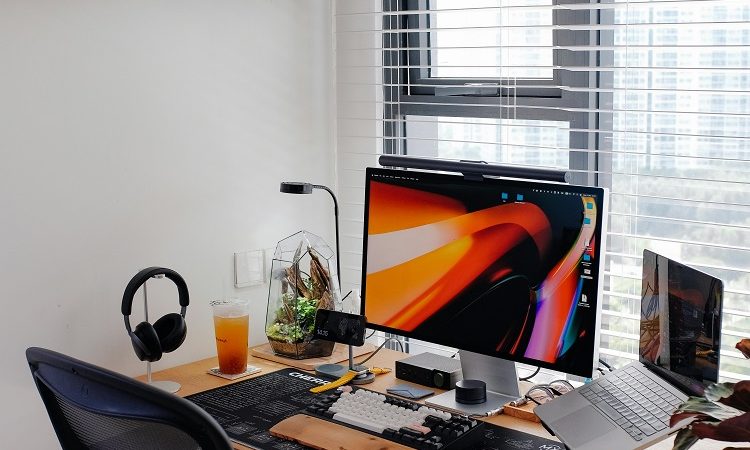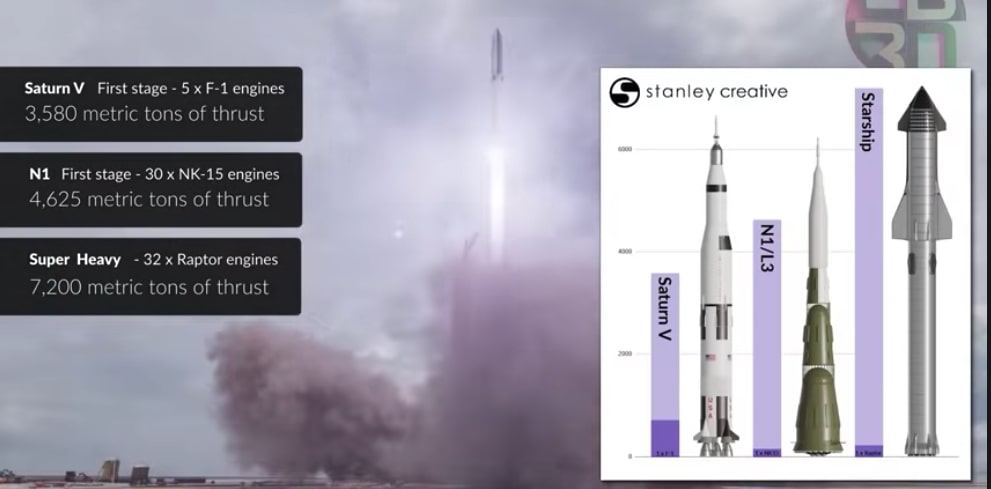Proven Tips and Tricks to Weld Lead Effectively

There are different types of welding procedures for different materials and purposes. It’s a very intensive and complicated procedure requiring established standard operating procedures (SOPs) to do it perfectly. Welding lead products is slightly different, and the existing lead burning techniques can be improvised to ensure better welding.
The Right Welding Torch
Typically, the ideal size of the welding torch for lead burning is very small. The valves that release the flames are placed on the forward end of the handles. This makes it easy for the person managing the lead welding process. The torch tips are available in various sizes, and depending on the mass of the lead, the user may select the tips that work best in their situation. Using large-sized tips on smaller metals can be harsh on the lead and may not result in quality welding.
A common mistake encountered in welding is the insufficient supply of fuel or gas in the tip. Restricting the amount of gas or fuel will result in backfires creating a hazardous situation for the welders. In addition, welders tend to underestimate the specification of the gas requirement for using a certain type of tip. Drawing gas for a large welding torch tip from smaller cylinders for lead burning may result in the aforementioned complications.
The Right Welding Rods
For the successful welding of metals, sound knowledge of the base metal can help match both the base metal and the electrodes. In principle and practice, these two must be virtually identical for good welding. Countless charts match the composition of the base metal and the electrodes, and referring to these before starting the welding process can be fruitful. The same applies to the strength of the metal.
Additionally, the welding current and the dimensions of the metal also determine how successful the lead burning for the welding process will be. Now that the welder has chosen the electrodes, it needs to be connected to a power supply. Different welding rods require either alternating current (AC) or direct current (DC). Connecting the rod to the wrong power supply can cause faults in the rods and may render it useless for future use.
The metal’s dimensions also impact the welding process. For bulkier and thick metals, electrodes with low hydrogen consumption and malleable ones are optimal for the welding process. For example, E708 electrodes are used to handle structural metals, which are one of the popular types of thick and dense metals.
E7018, E6013, and Forney 3125 E6011 are commonly used for welding thin metals like lead lining for walls. These welding electrodes offer greater control over the metal as there’s no unnecessary exertion of force over the metal.
The Positions
The welding approach will determine the positioning of the metal during the welding procedure. This, in turn, determines the type of rod used and the resources it requires. There are four basic welding positions: flat, horizontal, vertical, and overhead.
The flat welding position requires the welder to place the metal in a position where the forces of gravity favor it during lead fabrication. Almost all metals can be welded in this position, and it’s much easier to accomplish the job since it maintains the positioning of the metal without requiring additional human force to hold the metal in place. On the other hand, the horizontal positioning may cause the substances to tip over and may require the welder to be mindful of the direction in which the sag is going. Both these positionings can be used in almost all welding procedures.
A vertical welding position is used for metals with greater width. However, the welder will be required to alter the conditions of the welding rods and tips to make the most out of this positioning. The puddle formed will be continuously monitored to ensure its suitability for the process. Vertical welding requires the welder to work from a good position to achieve the best results. Overhead welding position is required when an object is placed above the head. Maintaining the cooling temperatures is critical in this one so that the welder does not suffer from burns caused by the dripping puddle.
The positioning of the metal also influences the gasses used. Oxy Acetylene, oxyhydrogen, and oxygen-natural gas can be used in all situations. An exception is placed on oxygen-natural gas, which cannot be used for the overhead welding position for safety purposes.
The Process
The flames created by the welding torch can impact metals differently. Ideally, the flame is required to be neutral as oxidizing flames will lead to below-par fusion of the metal while reducing the flame will leave soot marks that will appear during the cooling process.
Conclusion
Welding as a procedure is pretty intensive and technical, and insufficient welding can threaten the user’s safety and the quality of the welded products. For this reason, following standard procedures in a setup results in well-welded products that serve their purpose without compromising quality.




